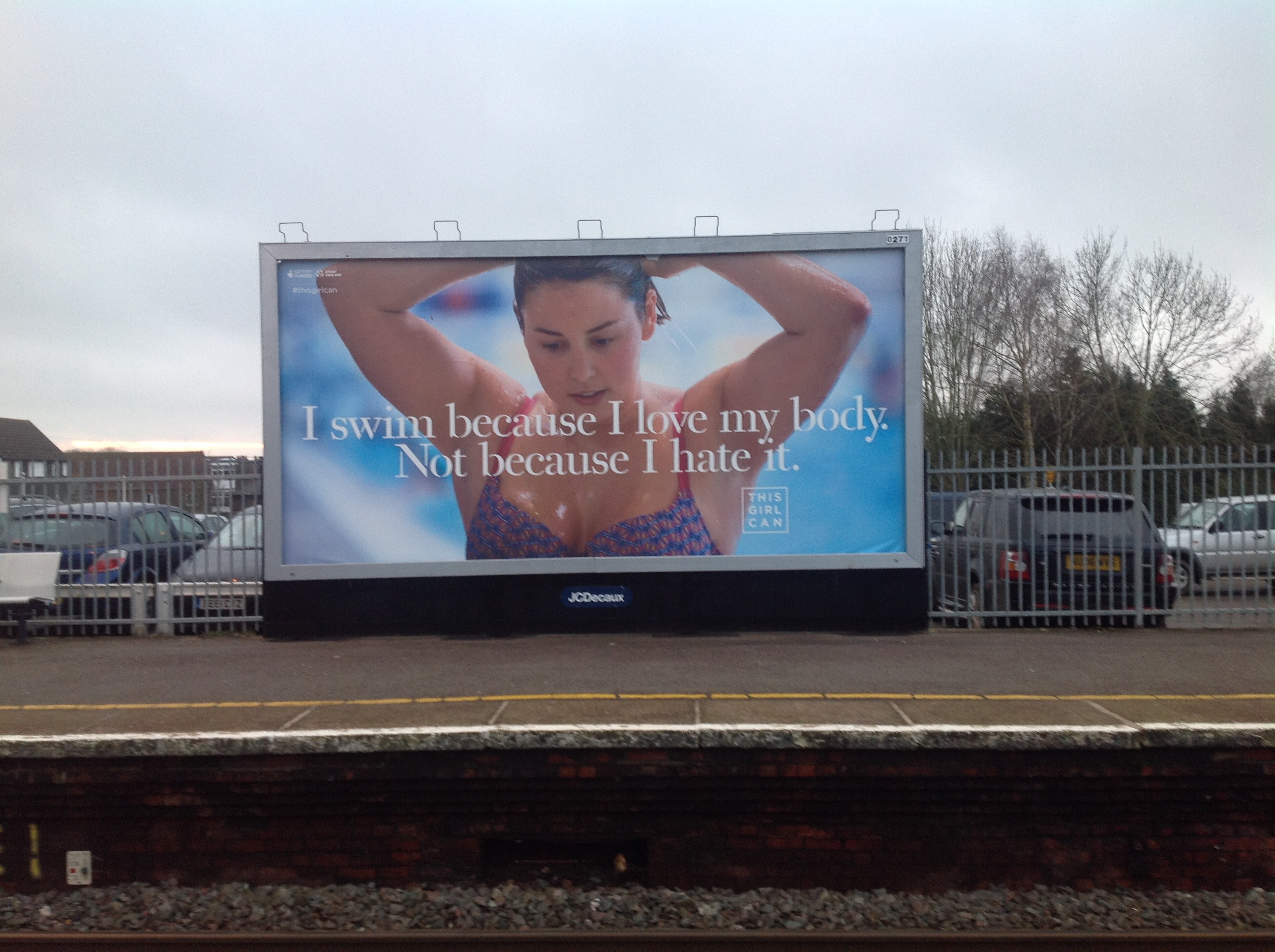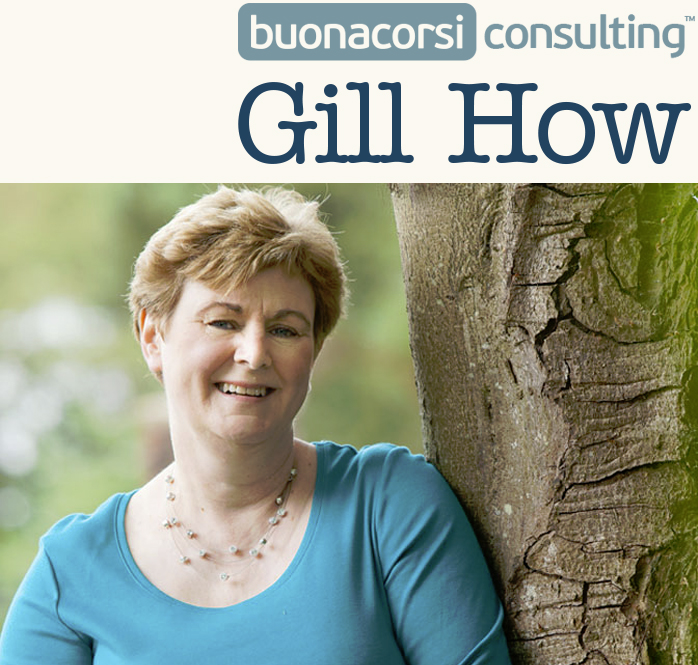Have you been to Vision and Values Away Days in your organisation and then wondered what to do next? How to make it real, how to embed it in some way?
In a workshop where I was a participant recently, the leadership team were clearly very enthused and wanted input on their draft vision and values from the broader team. The aim was to flesh their work out, gain feedback, ownership and traction with implementation from all of us.
After initial input, the next step was to ask us for our thoughts on Enabling Pillars. These were seen as things which could help the vision and values become a reality. Once placed in our smaller groups though, I noticed that the flipcharts said Challenges in the first column, and Mitigating Factors in the second.
I squealed. “This feels so old school”, I said. “And not at all about enablement”.
We compromised on columns of Challenges and Enablers. It still didn’t feel right to me, and left me curious about what the differences are between these things.
On the train home, by chance I read an article by Gillian Orr about Sport England’s “This Girl Can” drive to encourage girls and women to exercise. By using real women, as their genuine, imperfect, life embracing selves, this was a campaign with a difference. One which is so much easier for many of us to identify with and be affirmed by. Where it is better to do something than nothing, and to begin from an actual starting point, rather than waiting for perfect.
It occurred to me this was an enablement strategy. As women we don’t need more challenges (problems), barriers, hurdles to overcome – a particular size or shape to be, or dressed in sports gear in a particular way to get started – we just need to do it, with affirmation, encouragement, support and to know that we are not alone. We need to normalise ourselves against ourselves, rather than some fantasy or unattainable ideal.
On my journey home I didn’t know why this article resonated with me so much – but I knew it struck a deep chord. The next morning I was gobsmacked – in a pleasant way – to find two adverts from the campaign on my station platform.
I dug deeper. What was this about for me? And how on earth could it apply back in organisations?
Enablement seemed to be more about warmth, empathy and understanding. It seemed more real, personal, engaged, about an internal feeling, and about us. How can we do things, and do them together. About moving forward, from a positive identity, from here and from now.
Mitigating challenges seemed external, more about a fight, overcoming the odds, strategy, head not heart, what not how, an attitude of endless hurdles to reach an ideal or destination – and well, just jolly hard work. It felt more how I was earlier in my career, the case studies within my MBA where our analysis focussed mainly on what was wrong, and for me now, a little impersonal.
As leaders, and in our teams, when building vision and direction, I suspect we probably need to engage with both the what and the how, the challenges, mitigation factors and the enablers together. And yet I know that my preference and energy today is with the how, the enablers.
I genuinely believe the how, also needs an aspiration, a commitment, a direction and result which is truly desired, to focus and measure progress against – in other words, enablers need a context, and a direction of travel, to be effective.
The bottom line? The enablement approach seems to inspire me much more to get out of bed and make the contribution that I want to make each day rather than thinking about hurdles to overcome. Nowadays, in the workplace, I think we call this engagement, the way to gain the discretionary effort from our staff to deliver the results required.
I’m interested to hear – what does my writing stimulate in you?
In your experience, which approach, or blend of approaches, inspires your team to both create and deliver with enthusiasm and joy the vision and values – of your own team, the larger team, organisation, or even nation, every day?
What works for you?
Photo Credits: “This Girl Can” and Martin & Gill How

![This_Girl_Can[1]](https://www.gillhow.com/wp-content/uploads/2015/03/this_girl_can1.jpg?w=300)


![ThisGirlCan[1]](https://www.gillhow.com/wp-content/uploads/2015/03/thisgirlcan1.jpg)



